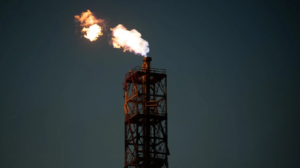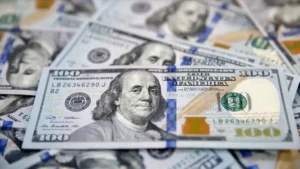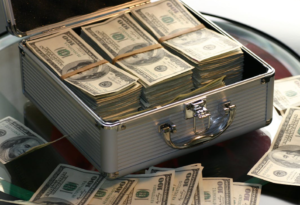Hicks: A soft landing for the US economy
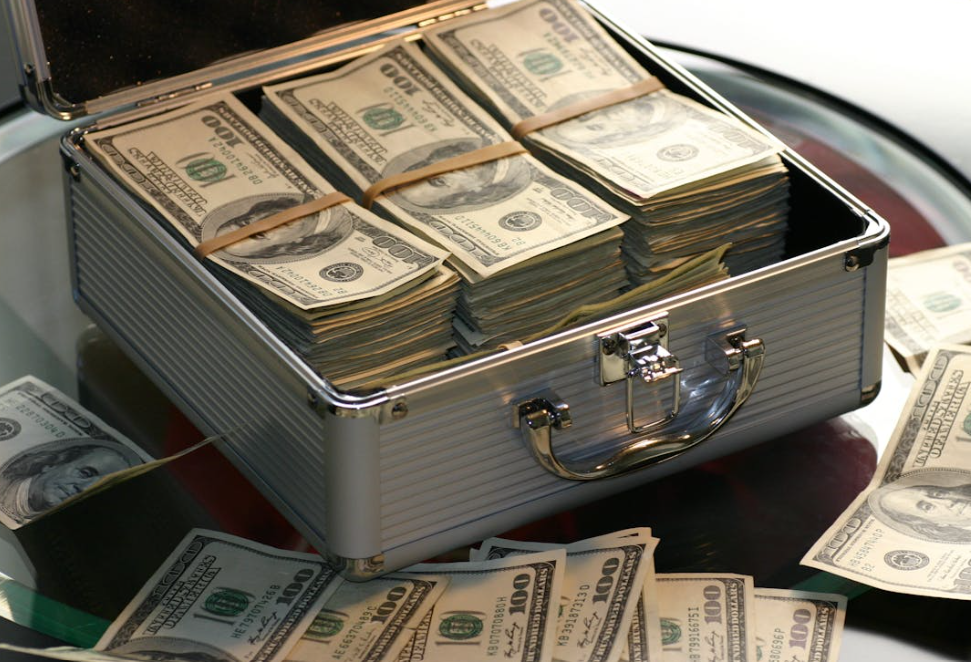
For the Federal Reserve to cut interest rates by half a percent in September was the turning point in the most successful fight agains
For the Federal Reserve to cut interest rates by half a percent in September was the turning point in the most successful fight against inflation in U.S. history. It has been pretty much the textbook soft landing for our economy the end of the inflation, without the recession.
Inflation is the general lesser value of currency and, therefore, an excess supply of money. Two sources of the excess supply of money are there.
The reasoning here is that if households and businesses are rational and have good information about government spending, they would treat excess government spending as a future tax increase. This tax increase can come in three forms: we could see an actual tax increase, we could see big future cuts in spending below tax revenues, and we could see inflation. In practice we might see all three of these, as all three reduce government debt.
It results from the central banks, like our Federal Reserve, permitting excess money creation via the banking system. Central banking authorities are criticized for this type of inflation by economists because the control of the money supply tends to discipline government spending.
In fact, the COVID-19 pandemic created a textbook example of how both fiscal and monetary policy can cause inflation. Every nation in the world took two specific actions to help keep their economy afloat during the pandemic.
Every nation in the world that had a central bank lowered interest rates, for the most part to levels that were at or near zero. Every government tried to prop up domestic demand through the use of payments to individuals and businesses.
We then passed, in the U.S., under the Trump administration, the CARES Act-the largest single stimulus package of any nation at any time in the world-and later a much smaller American Rescue Plan under the Biden administration. The Fed also cut interest rates to effectively zero, allowing banks to borrow at no cost from the Federal Reserve system.
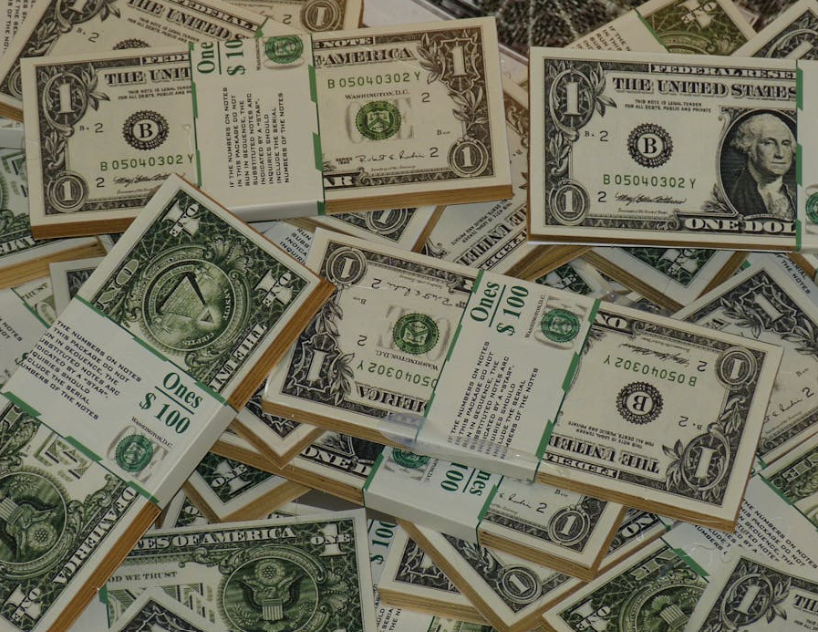
Inflationary pressure-the first real hints-began to set in during spring 2021 and peaked a year later. That puts the timing of inflation squarely in the realm of complete responsibility of the Federal Reserve, Congress, and the Trump administration, because it was they who cut rates and passed the unfunded CARES Act.
No spending by the Biden administration pre-dated the start of inflation. That doesn’t let Biden off the hook for the persistence and severity of inflation: as I said at the time, the American Recovery Act was too big; it made our period of inflation worse and longer. But, the Biden administration couldn’t have been responsible for causing the inflation, because inflation had already begun before any of its policies could have taken hold.
Throughout 2021, the Biden administration and the Federal Reserve were misled by economic data depicting the economy as much weaker through 2021 than it really was. The sectors wherein the economic recovery came were those that should not have been leading growth: namely, services. It was only later, in winter 2022, that the administrative data became available and proved a recovery much stronger than anyone had known.
Not surprisingly, cuts took about a six-month lagged effect on inflation, and so we began to see inflation slow in September 2022.
Wages also rise with inflation, but lagging by about a year. So during the first year or so of inflation, the average US real wages fell. Fortunately, they have risen since the spring of 2022 and are now above their pre-COVID level for all but the very highest income workers.
A 36-month bout of inflation which at annual rates wasn’t in the top ten worst years out of the past half-century is easy to remedy.
Through much of the early days of inflation, the U.S. unemployment rate fell to its 50-year low and labor markets opened broad opportunities for workers of every type, skill, and education. Indeed, on many dimensions, 2021 and 2022 will likely be considered the best labor market conditions for the less educated in a half-century. People throughout America were buying goods but, more importantly, services; that fueled record job opportunities and wage growth.
But strong labor markets almost always accompany short-term inflation. That’s where good fortune and good analytics played a part.
In other words, such heavy demand for jobs was caused by the inflation of 2021 and 2022 that the U.S. economy was left with millions of unfilled positions. The goal of the Fed was to reduce inflation while only cutting the demand for jobs which weren’t filled. It did just that from the spring of 2022 through early 2024.
Job openings were 12.1 million in March 2022, the month the Fed first raised rates, and fell to 7.6 million by July 2024. In the same period, total employment added 7.4 million workers. Inflation contracted from its hottest levels down to below 2.5 percent per year, the target maximum.

